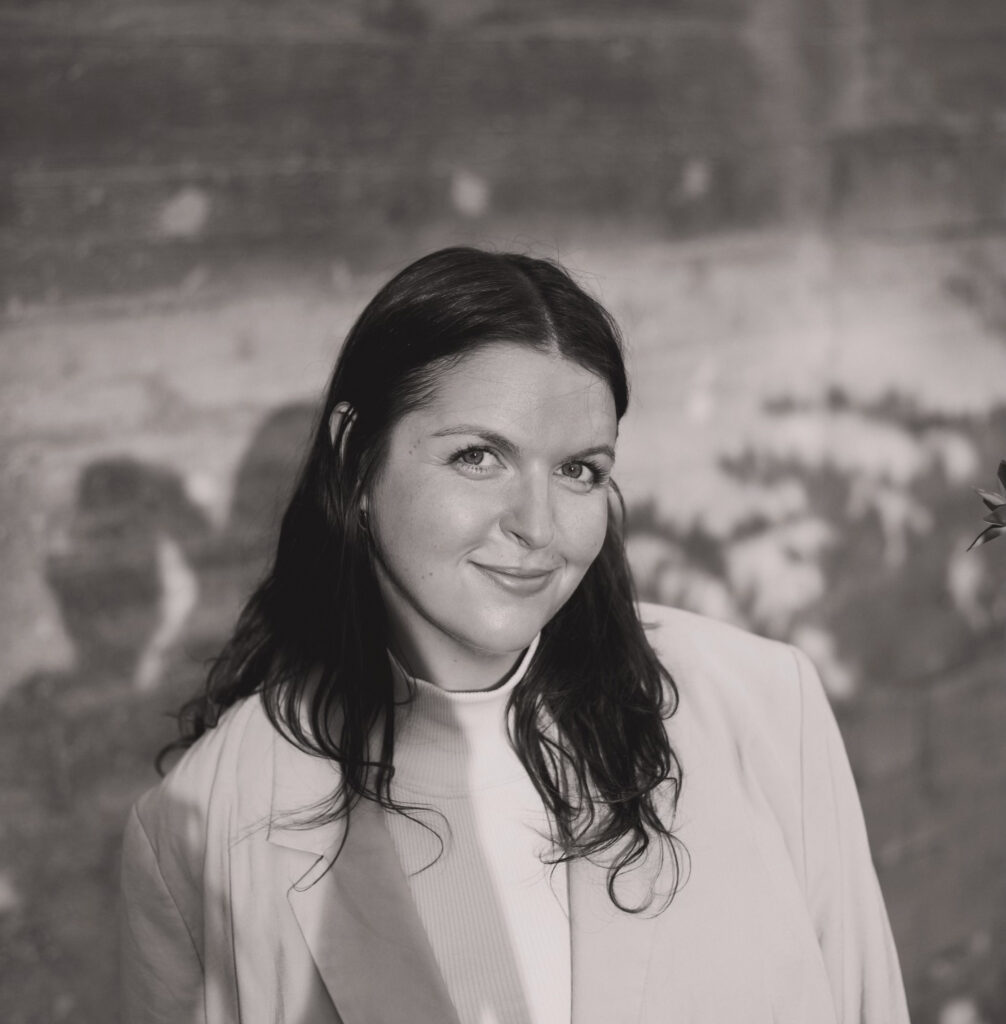The second year of Colony's Designer's Residency culminates next month on June 13th at 6PM, please join us then as we introduce the design world to four talent-packed, emerging studios. We caught up with Maggie Pei and Stephanie Betesh, one half of this year's cohort, and founders of M. Pei and Ember Studios, for a chat ahead of the launch of their collections.
M.PEI STUDIO
Maggie Pei is the founder of M.Pei Studio. Her practice is rooted in a deep appreciation for objects, their narratives, histories, and the manner in which they come alive. Pei's furniture aims to transcend object and become subject, capturing the forgotten sensations of a moment on the threshold where past converges with the present, where the lucid co-exist with the hidden.
Maggie, what was the design process like for this collection? What or who were your influences?
M: The design process for this collection started with collaging, making collages from paper, from different materials, from found pieces of objects. Life felt a bit more like a collage to me last fall. I moved to this city, both familiar and new to me and was bombarded with mixed cultures in this huge melting pot, carrying things from the past, discovering something new, or rediscovering things that have been put to the back of my head. The surroundings that I was experiencing clashed with my habits from the past, to become an influence I could not escape.
Describe your collection and/or studio in 3 words.
M: Mystical, Sentimental, and Poetic.
How do you approach creating a new piece of furniture?
M: I view creating and living as a whole. I try to not overthink about what a collection or new pieces need to be instead focusing on the state of mind at the moment and revealing what they are supposed to be. New pieces, along with past and future creations, stories, and memories all work together to weave this ongoing narrative of the tale I am crafting. If my previous works could be likened to prose pieces that could be compiled into an anthology, then I envision this collection as a short novel. I hope that it will articulate a more defined storyline and facilitate increased interaction among the characters.
EMBER STUDIO
Steph Betesh is the founder of Ember Studio. She holds a B.S. in Interior Design from the University of Texas at Austin School of Architecture alongside a near decade of experience working on both residential and commercial projects. As a spatial designer, Steph's work implements a holistic approach emphasizing the harmonious relationship between the individual object and its environment to encourage moments of human connection.
Steph, what was your vision for this collection/for your studio?
S: My vision for this collection was to create a group of approachable and livable objects for thoughtfully curated spaces. I wanted the pieces to invite you in while using an eclectic mix of materials to create interest and add layers of depth to the space where the piece resides. My vision is a holistic approach creating considered spaces and objects with a unique charm and individuality.
What do you see as the future of design?
S: The future of design relies on the process and the story behind what is created. The errors, trials, references, and inspirations create a conversation that makes the work authentic. That being said, the space or object should also be able to stand on its own, but the thoughtful foundation inherently makes it more interesting and honest.
What does the design world need more and/or less of?
S: Less mass production. More opportunities for independent designers like Colony's residency program. When I first read about it I was so impressed because nothing else like it exists within the design world. I have felt so supported and encouraged throughout the duration of the residency, and a big part of that had to do with the academic, collaborative and conversational nature of the program. Having worked for design firms with many late nights and tight deadlines, I can say that process was oftentimes put on the back burner which inevitably hindered creativity and didn't allow time for collaborative conversations. Design can be its best when everyone in the room can comfortably express their opinion, have the space to agree/disagree, and the time to work through it to make it the best it can be.


